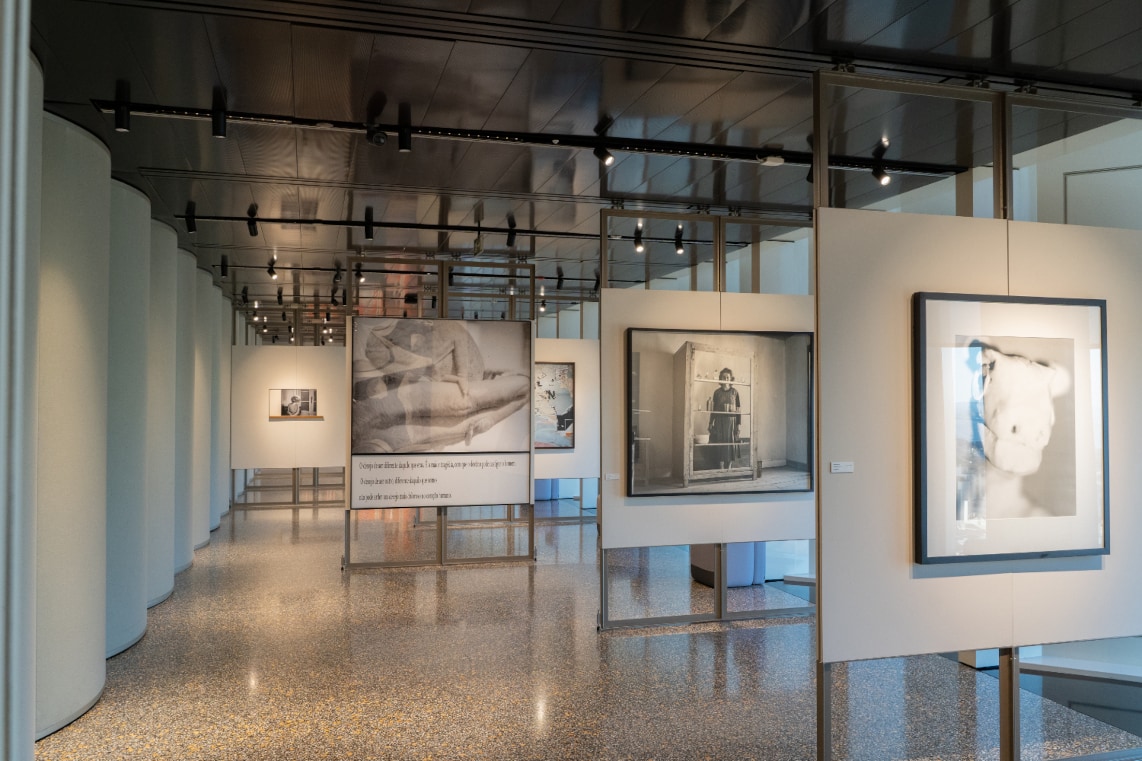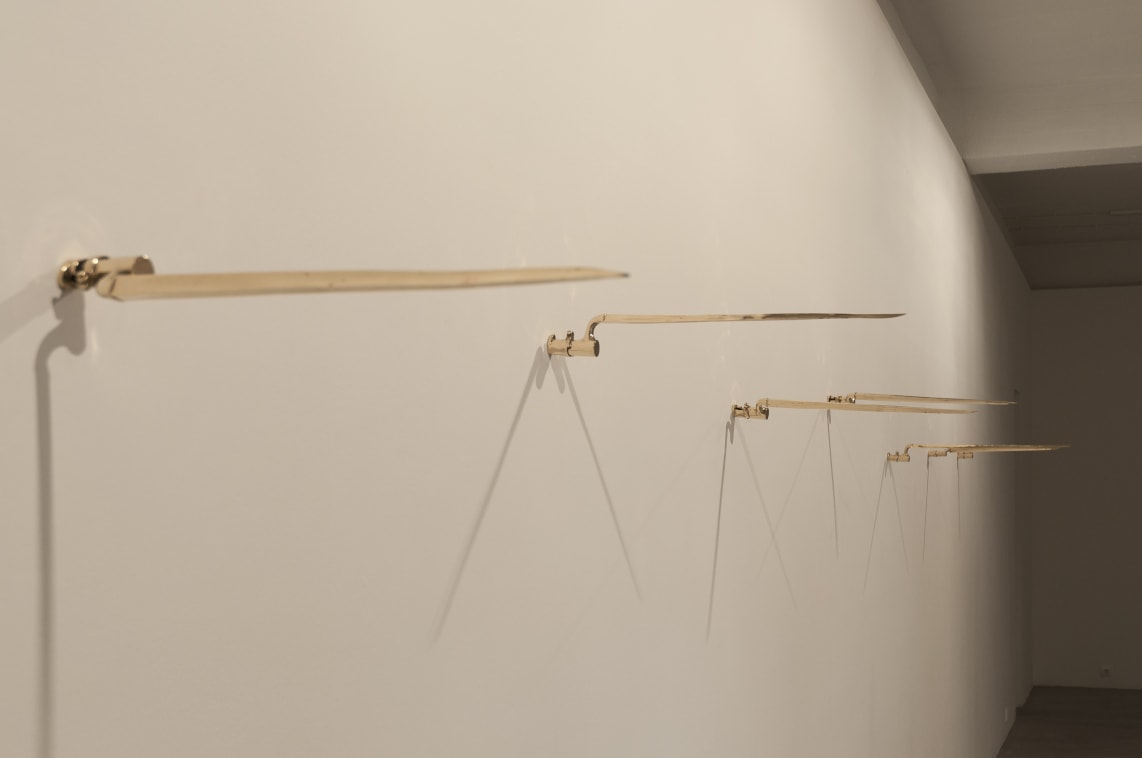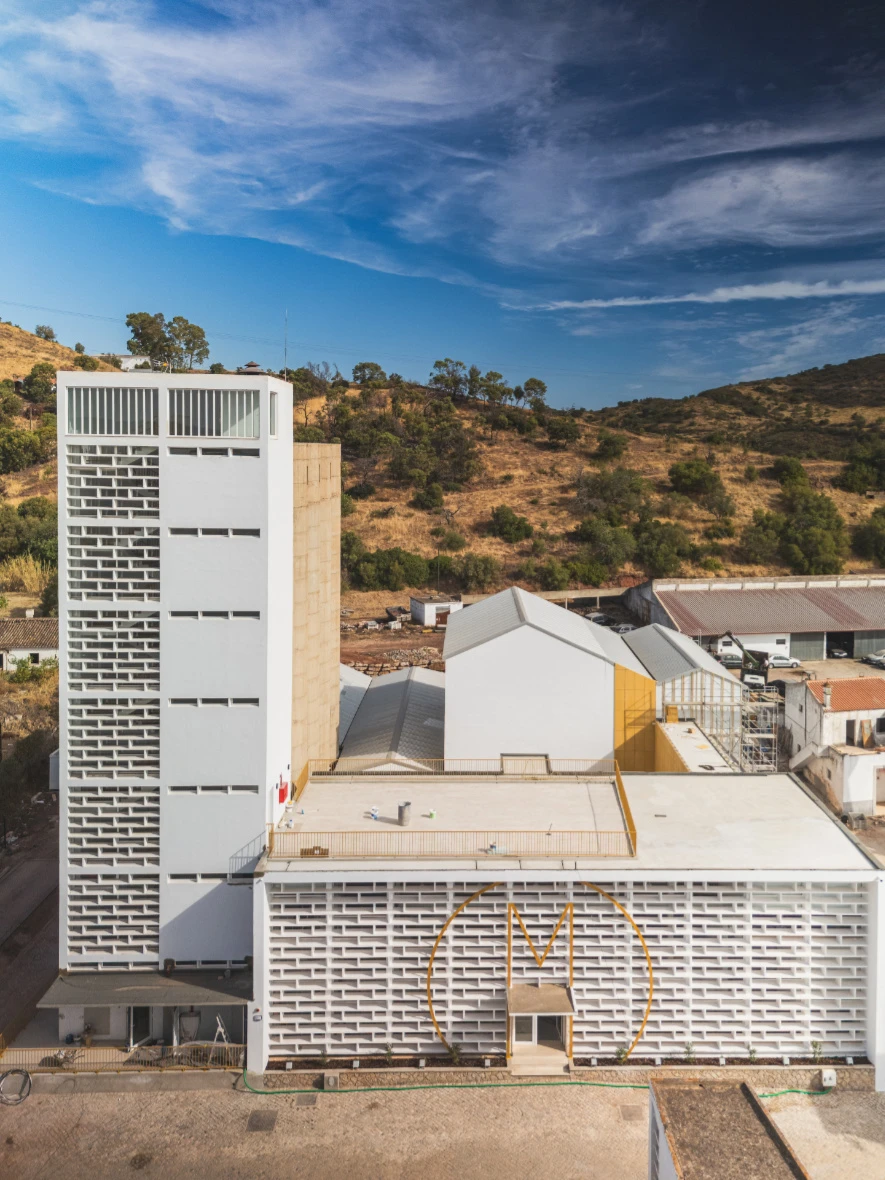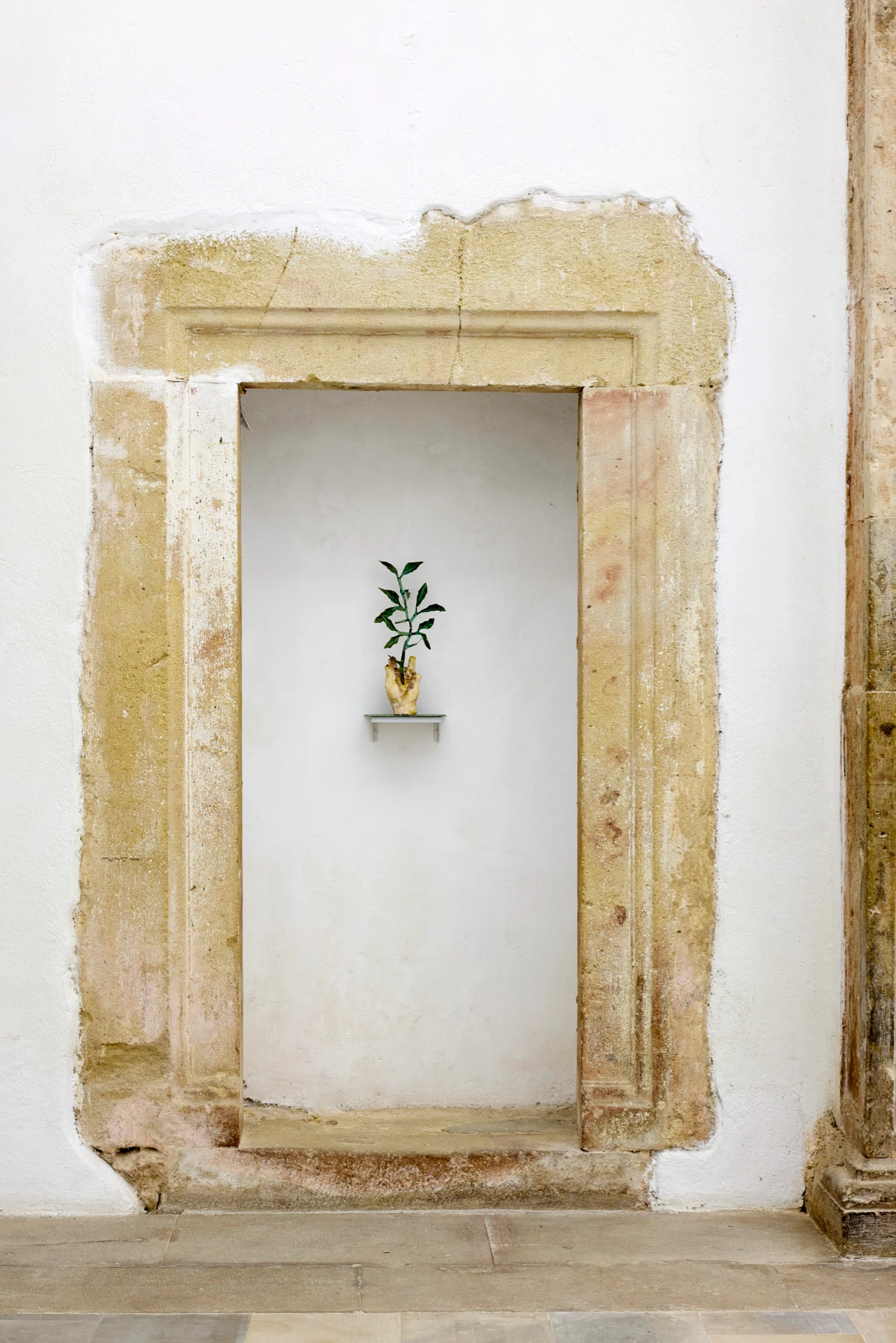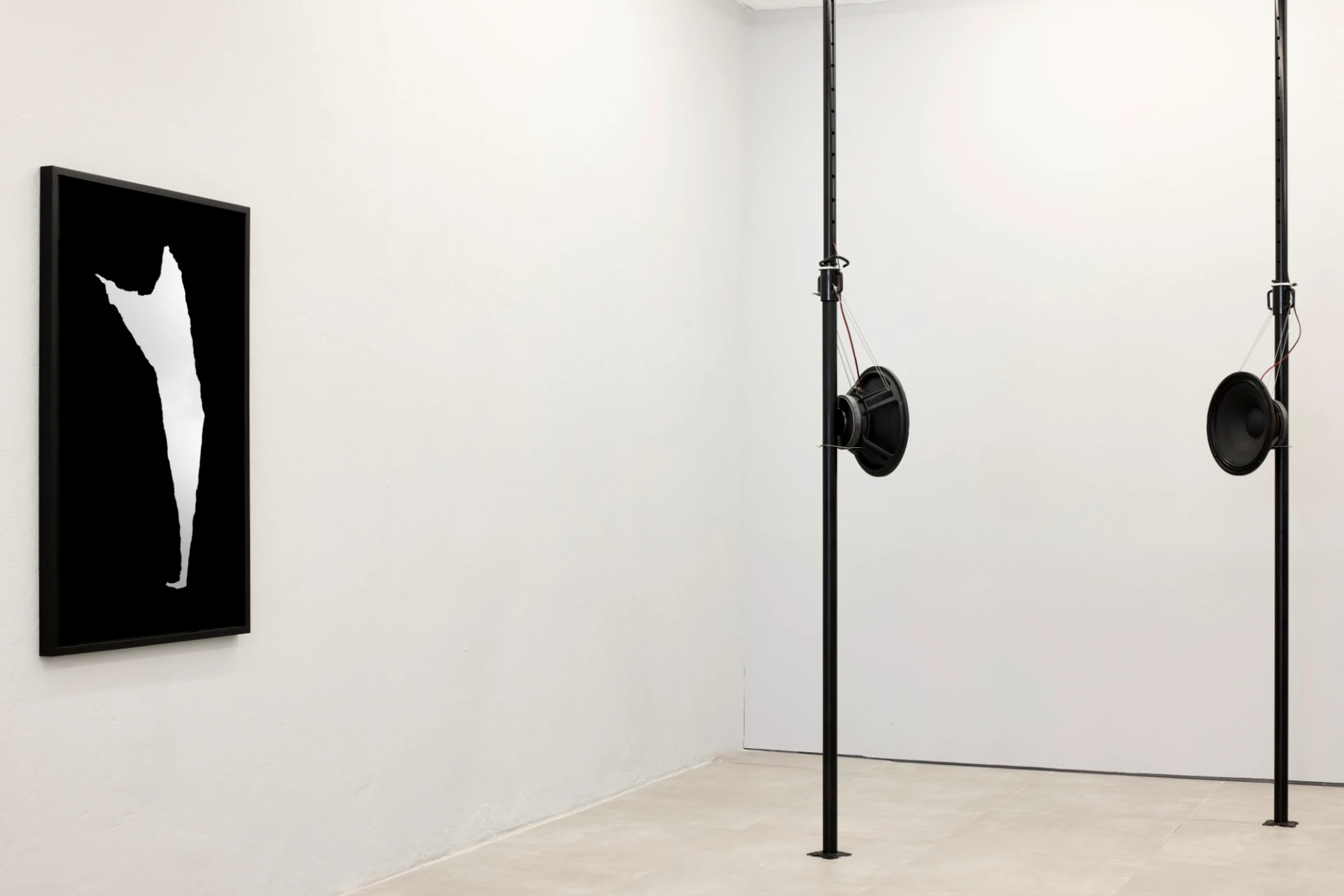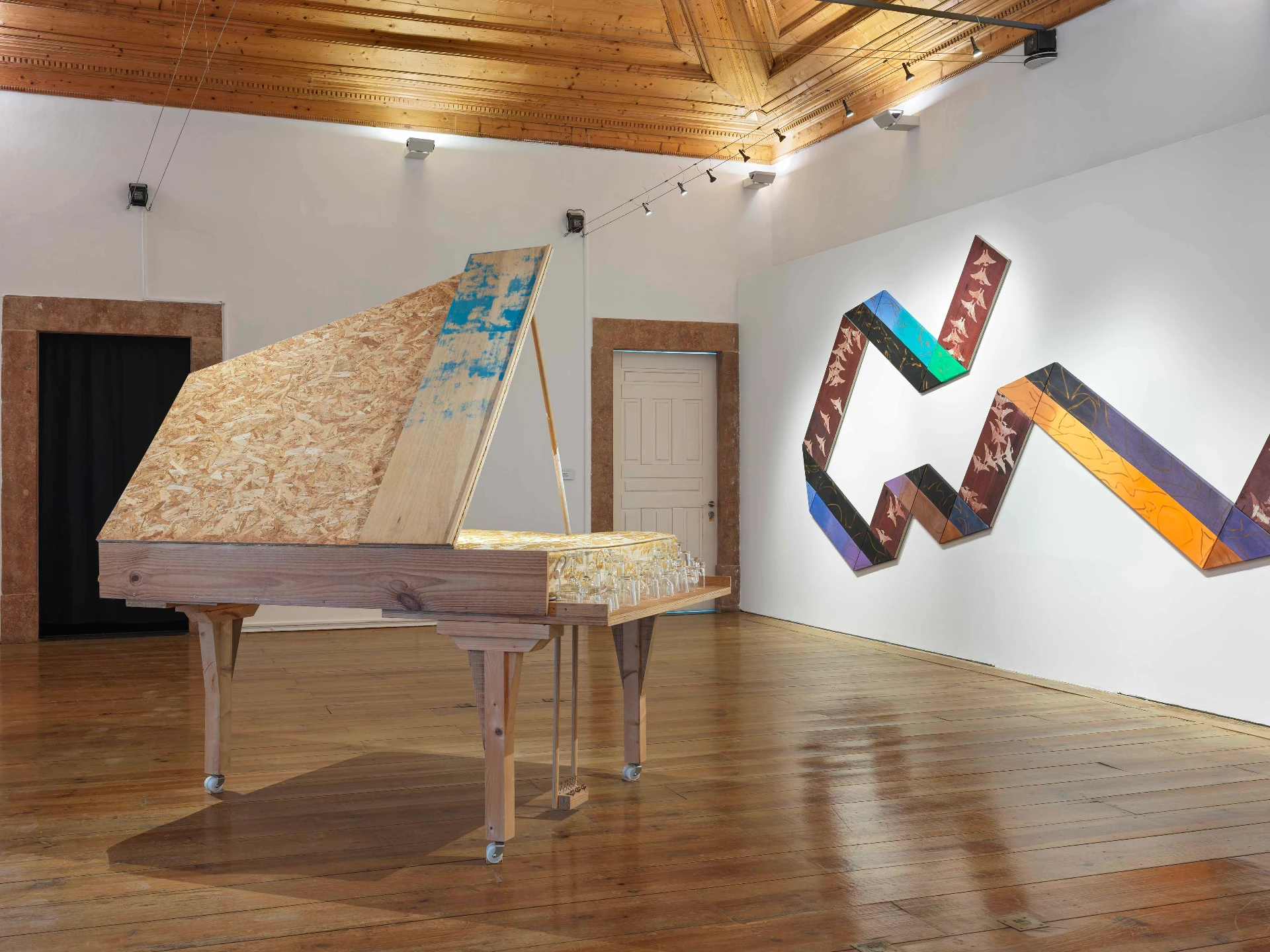In 2011, the publisher Dafne issued a volume of studies by Vítor Silva on the 19th-century painter Henrique Pousão. The book – a gorgeous item -, besides the essays, includes inside the back cover a fold-out “Atlas of images”. When we open it, it shows an illustrative cartography of the painter’s work and life (“Childhood, Experience and History of Drawing”). I thought of this Atlas – and its Warburgian profile – when, at the top of the stone stairs on the first floor of the former Évora’s Palace of the Inquisition, now Centro de Arte e Cultura da Fundação Eugénio de Almeida, I opened the exhibition guide, before even seeing the paintings, and found their coloured miniatures on paper. The exhibition is curated by Sérgio Mah (who also authors the catalogue text) and the painter Jorge Martins. I believe that the making of this kind of mini Atlas, given as such to the visitors, is part of the core idea of the exhibition’s arrangement, of the idea and materialisation in a venue. Besides the expression “topomorphias”, which is the name of the show, more than half of the fifty-seven pieces exhibited are identified by a title; most of these refer to more or less identifiable spatial places: “Jardim na China” may be less vague than “Horizontes”, but the naming of places and their relation with imagination is perceptible in designations such as “Pangeia”, “Jardim Probabilístico”, “Paisagem Esquisita”, “Deriva dos Continentes” or “Ilhas Flutuantes”. The mini Atlas allows the visitor to grasp the idea of a cartographic caption.
Topomorphias may have had as its main purpose the display of the most recent painting by Jorge Martins (born in 1940), whose activity began in 1957, the year in which he started his Architecture and Painting training at the Faculty of Fine Arts in Porto. There was a clear decision to locate the output now on display in Évora as part of the 21st century – there is only one painting from 2000 (entitled Work in Progress, suggesting that temporal limitation is also continuity); half of the pieces are from 2020; from 2021 there are five; fourteen are from 2018 and 2019 and twelve were made between 2010 and 2015. It is a time-map, whose denser borders trace the territory of pandemic lockdown – but it shows adjoining regions, areas with a similar landscape. Jorge Martins proposes a journey to illustrate what it was like to produce in unusual circumstances (under a certain material segregation of the world, but obviously in a room of his own), based on the idea that the insularity caused by isolation is not absolute. His work, made during the last two or three years, is clumped together with that of the previous decades, like any island on Earth is connected to the crust, even if underwater. Pangeia (2019) is that, shown alongside Gondwana (2019) – the names of the supercontinents that spawned the terrestrial configuration on which we now inhabit. Both acrylic paintings were made before the pandemic: they underline (suspect?[1]) the inseparability between humans and places, the deep connection that binds all habitats together – that is, the whole of existence. Topomorphias is an assessment of life and a look at Life, with a map in one’s hand.
What are maps for? Although we consider them unimportant today, superseded by digital apps, there is a realm where they still indicate and allow us to follow a path, a drawing for movement, an image that reassures those sailing into the unknown. But this exhibition guide (whose literal usefulness as an archival record is self-evident, given the miniaturisation of the pieces and accurate identification) looks like a booklet with the flags of every country in the world. The exhibition dismisses the value of an icon with direct equivalences in the paintings: in the entrance hall, if we shift our eyes to the right, we see the only painting in the whole collection that contradicts the horizontality of squares and rectangles: an oil on canvas from 2020, untitled; in the exhibition guide, the thumbnail is not particularly distinguishable from the others. This white canvas (120×120), detached from all the other paintings, is filled with a dozen coloured strokes, more intertwined at the lower vertex than at the top, functioning like the keyhole through which we can see the rest. Looking straight ahead, if we are still at the entrance, we see two other oil paintings. Next to one of the glazed doors that lead to the Largo, the white background in both highlights curved lines with bright, flourishing colours that practically do not touch; there are three in the painting on the left; there are several entangled in the one on the right, but the white of the background is predominant. The lines sting like white noise. Whether as noise or music – the title of the first is Riccercare [sic] (2015), the title of the second is Pizzicato (2015), terms that, like other paintings of the same period, place coloured strokes on a white background, with titles reminiscent of the musical realm. The artist did not give a title to the most recent one, but the brightness and colour belong to the music repertoire that he explicitly wanted to include in this meditation on place. According to Maria Filomena Molder’s verbal insight, “[the] art of Jorge Martins is a form of knowledge, close to astronomy, particle physics, theories of light and, no less profoundly, to music” (p. 80). After all, music is the art of time and isn’t it through it and through music that space appears? In Jorge Martins, the form of music – colours suspended in arcs, in pinched points or traced over the white of a canvas -, is one of the forms of place, one of the topomorphies. It is one of the forms that underline continuity.
In one of his notebooks, Jorge Martins defines Art as “a sensation/perception that turns into an idea, which turns into forms that generate sensations/emotions, etc., etc.” (p. 482). In this infinite succession between ideas, forms, ideas, forms is “topomorphias”: permanently recalling the seamless profile of the earth blocks that form the continents, of the Time unified by the energetic artistic practice, of a harmonia mundi that no viral threat will ever be able to destroy.
Topomorphias by Jorge Martins, is on show at the Centro de Arte e Cultura da Fundação Eugénio de Almeida, Évora until 9th April.
References:
Jorge Martins (2020). Cadernos/Cuadernos, MARCO – Museu de Arte Contemporânea de Vigo / Documenta.
João Miguel Fernandes Jorge (1990). “Jorge Martins” [on the exhibition Desenhos 1957-1987, Centro de Arte Moderna da Fundação Calouste Gulbenkian, June 1988], in O Que Resta da Manhã, Quetzal, pp. 129-131.
Maria Filomena Molder (1999). “Per Aspera ad Astra” [on the exhibition Desenhos 1957-1987, Centro de Arte Moderna da Fundação Calouste Gulbenkian, June 1988], in Matérias Sensíveis, Relógio d’Água, 1999, pp. 73-80.
Vítor Silva (2011). Henrique Pousão, Dafne Editora.
[1] Commenting on Jorge Martins’ drawings, João Miguel Fernandes Jorge points out “a certain poetic need laden with presentiments” (p. 131)
